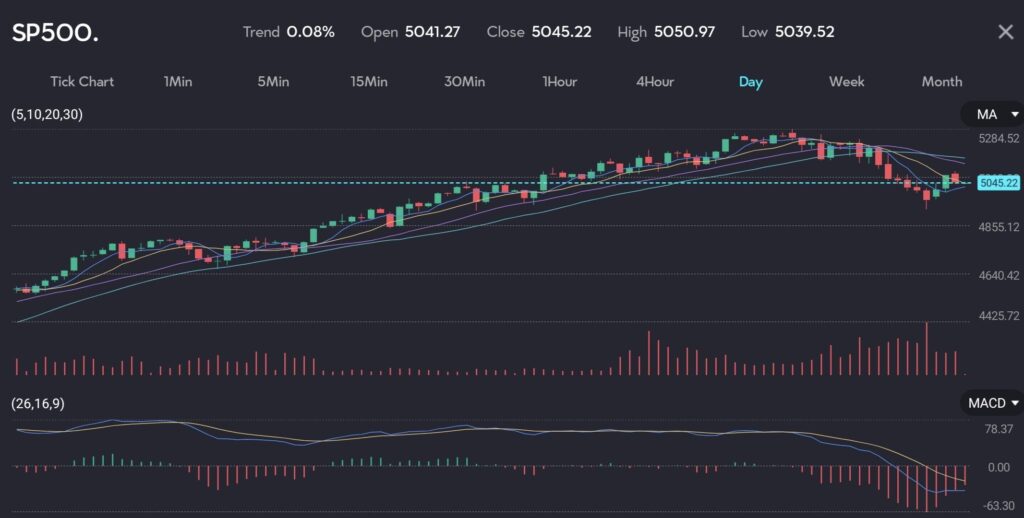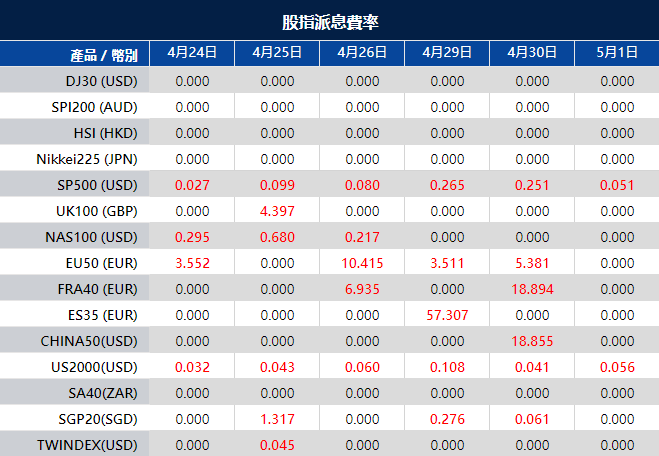In a session marked by volatile trading, the S&P 500 climbed, ending the day up 1.08 points or 0.02%, closing at 5,071.63. This gain came as the market processed a series of mixed signals—from an uptick in bond yields following a substantial auction of U.S. Treasury notes to varied corporate earnings reports across key sectors.

SEE: S&P sees significant gains on the VT Markets trading app
What is the Impact of Rising Yields?
Wednesday witnessed an auction of $70 billion in five-year Treasury notes, contributing to the rise in the 10-year Treasury yield by five basis points to 4.6459%. Investors might view these higher yields as a signal to adjust their portfolios towards more fixed-income assets, potentially dampening the appetite for equities.
Corporate Earnings A Mixed Bag
The earnings landscape was diverse, with significant movements in individual stock prices reflecting the variegated nature of corporate health. Meta Platforms experienced an 11% decline post-market as the company forecasted a hefty capital expenditure of up to $40 billion in 2024.
On a brighter note, Tesla surged 12% after announcing plans to ramp up production and introduce more cost-effective models, overshadowing weaker quarterly results. This aligns with past trends where automakers announcing major strategic shifts have often enjoyed bullish investor sentiment.
The day ended with seven out of the eleven S&P 500 sectors recording gains in consumer staples and real estate. This broad-based but selective sector advancement is typical in markets where investors are cautiously optimistic but discerning about sector-specific fundamentals.
Boeing’s stock fell 2.8% following a report of its first revenue decline in seven quarters, a situation that generally aligns with the historical performance of aerospace stocks which are sensitive to both market cycles and corporate earnings reports.
Nasdaq Shows Cautious Optimism
With major tech giants like Microsoft and Alphabet slated to report later in the week, the tech-heavy Nasdaq’s gain of 0.10% suggests a market that is cautiously optimistic but still wary of potential surprises in earnings reports.
Start trading now — click here to create your live VT Markets account.




